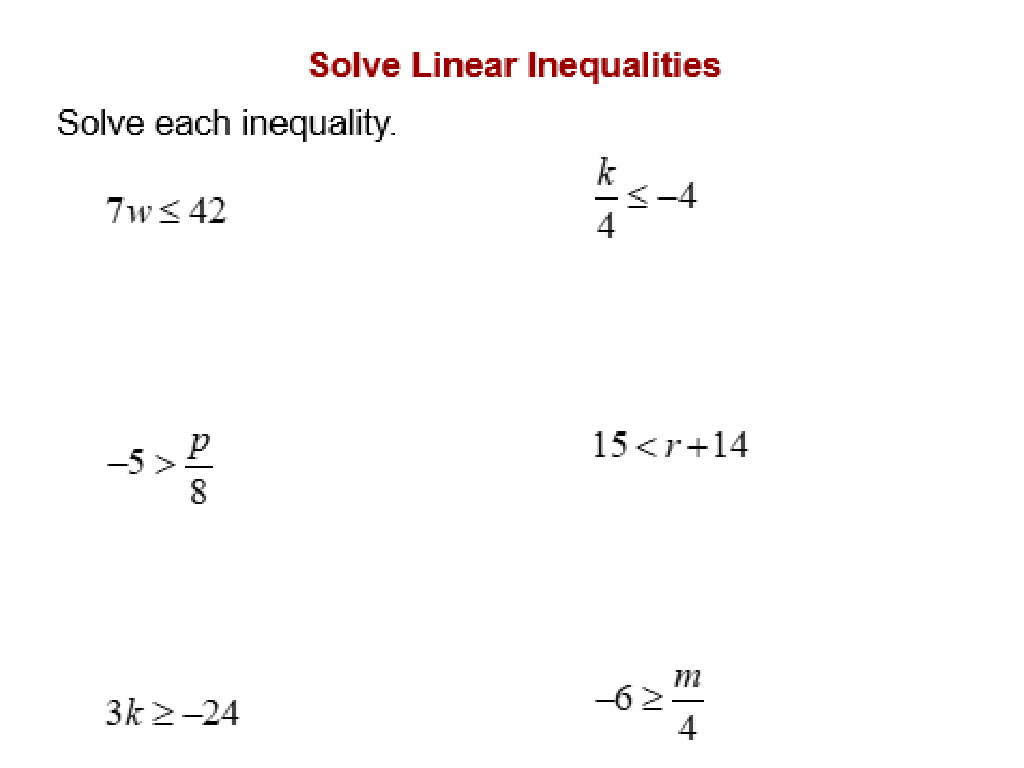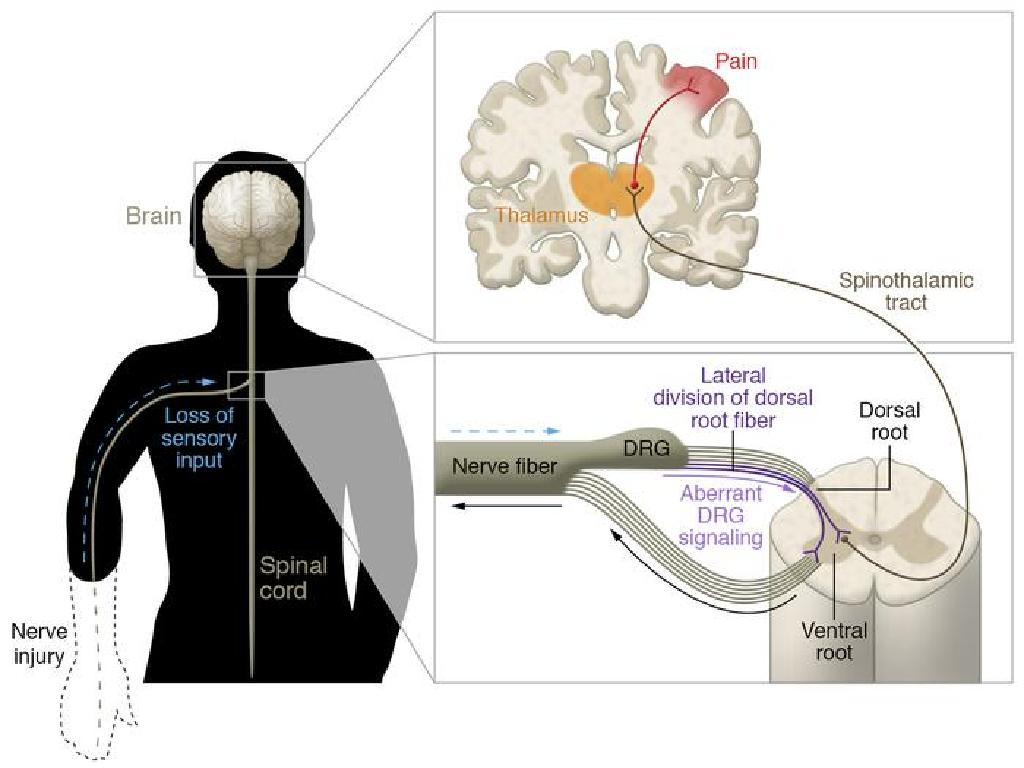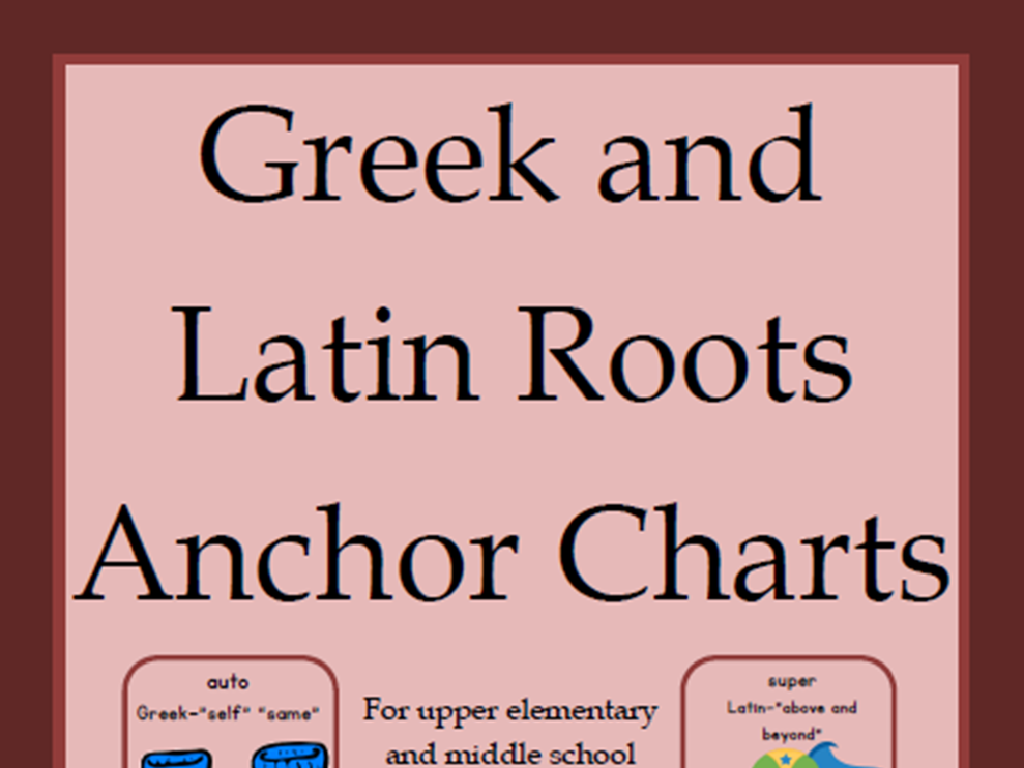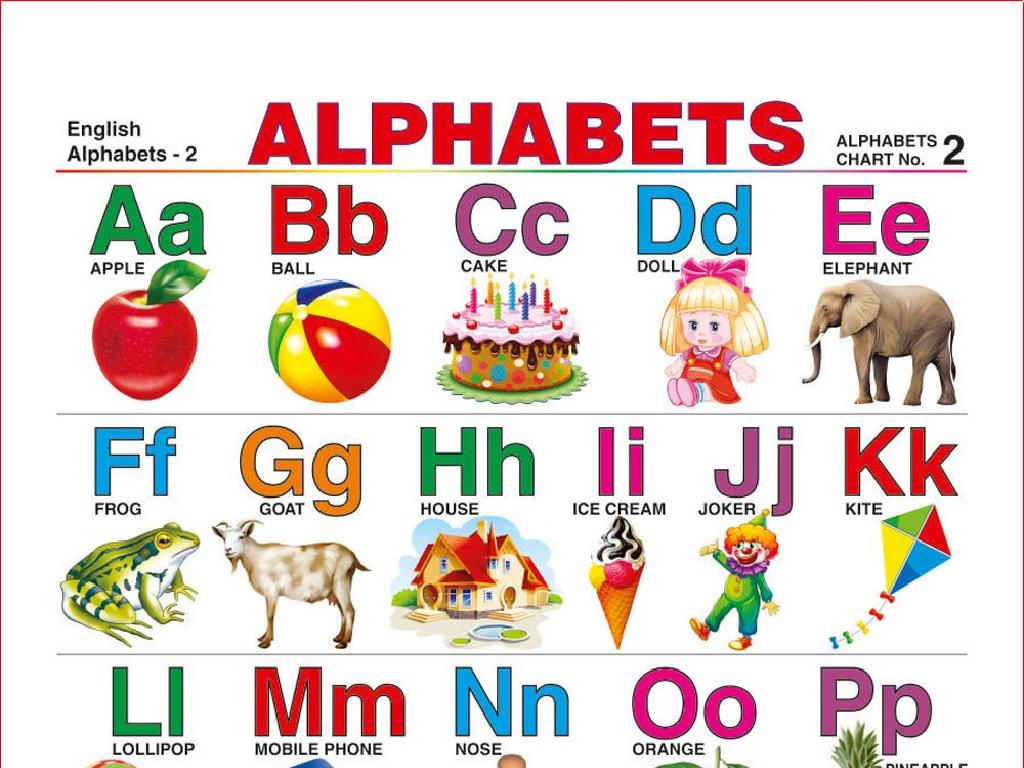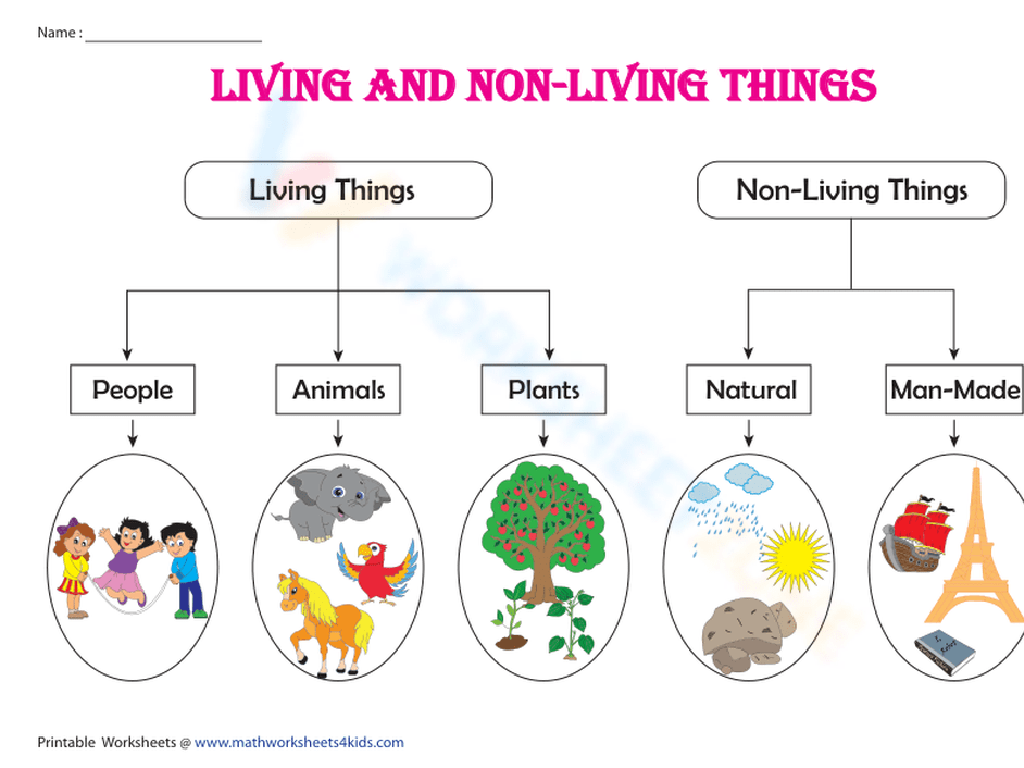Compose Two-Dimensional Shapes
Subject: Math
Grade: Kindergarten
Topic: Two-Dimensional Shapes
Please LOG IN to download the presentation. Access is available to registered users only.
View More Content
Welcome to Shapes!
– Greet the day with shapes
– Today’s goal: Create new shapes
– We’ll use simple shapes to make complex ones
– Shapes are everywhere
– Look around to find shapes in the room
– Let’s explore shapes together
– We’ll combine shapes like a puzzle
|
This slide is designed to introduce Kindergarten students to the concept of composing two-dimensional shapes. Start the class with a warm greeting and an exciting introduction to the day’s lesson. Explain that shapes are not just in the classroom, but they are a part of everything we see and do. Encourage the children to observe their surroundings and identify shapes they see. The goal for today is to understand that we can use shapes we already know, like squares and triangles, to create new shapes. Activities can include using blocks to form new shapes, drawing shapes on paper and combining them, or even using their bodies to make shapes in a group. The idea is to make the learning process interactive and fun.
Exploring Two-Dimensional Shapes
– Two-dimensional shapes are flat
– They have length and width
– No depth in 2D shapes
– Examples: Circle, Square, Triangle
– A circle is round, a square has 4 equal sides, and a triangle has 3 sides
|
This slide introduces kindergarteners to the concept of two-dimensional shapes. Emphasize that these shapes are flat like a drawing on a piece of paper. They only have length and width, which means they do not have any thickness. Use simple language to explain that ‘depth’ means ‘thickness,’ which these shapes do not have. Show them real-life examples like a clock (circle), a checkerboard (square), and a yield sign (triangle). Encourage the students to touch and trace these shapes to better understand their properties. This will help them recognize and differentiate between the shapes in their surroundings.
Meet the Shapes!
– Circle: round like a cookie
– A circle has no corners and is perfectly round.
– Square: four equal sides like a cracker
– Squares have four sides of the same length and four corners.
– Triangle: three sides like pizza
– Triangles have three edges and can be different types.
– Let’s draw our own shapes!
|
This slide introduces kindergarteners to basic two-dimensional shapes by relating them to familiar objects. A circle is compared to the shape of a cookie, emphasizing its roundness and lack of corners. A square is likened to a cracker, highlighting its four equal sides and corners. A triangle is associated with a slice of pizza, pointing out its three sides. Encourage the students to draw these shapes themselves to reinforce recognition and understanding. Provide them with simple drawing activities where they can create these shapes and find objects in the classroom that match the shapes. This hands-on activity will help solidify their understanding of geometric concepts in a fun and engaging way.
Creating New Shapes with Triangles
– Combine shapes to create new ones
– Two triangles make a square
– Place two triangles with their bases touching to form a square
– Explore making other shapes
– What happens if we use more triangles or different shapes?
– Fun with geometry
|
This slide introduces the concept of composing new shapes by combining familiar ones, specifically focusing on how two triangles can form a square. Encourage the children to think creatively about combining shapes and ask them to predict what new shapes they can make. Provide examples of other shapes that can be created by combining triangles, such as a rectangle or a larger triangle. Use simple, tangible examples like puzzle pieces or building blocks to illustrate the concept. During the activity, allow the children to experiment with real shapes, guiding them to discover how they fit together to form new ones. This hands-on experience will help solidify their understanding of geometry and spatial relationships.
Let’s Compose Shapes!
– Combine shapes with blocks
– Two squares make what?
– Placing squares side by side forms a new shape
– Triangles into a rectangle?
– See if joining triangles can form a rectangle
– Discover new shapes together
|
This slide is designed to introduce kindergarteners to the concept of composing new shapes from basic two-dimensional shapes using shape blocks. Encourage the students to experiment by combining different shapes to see what new shapes they can create. For example, ask them what they think will happen if they put two squares side by side and guide them to see that it makes a rectangle. Similarly, challenge them to find out if they can make a rectangle by putting two triangles together. This hands-on activity will help them understand how shapes can combine to form other shapes and is a fundamental concept in geometry. Provide a variety of shape blocks and allow the students to explore and discuss their findings with the class.
Shape Composing Activity: Let’s Build!
– It’s your turn to make shapes!
– Use blocks to build a house or tree
– Combine squares, triangles, rectangles
– Be creative with your shapes
– Mix different shapes and colors
– Have fun building and learning
|
This activity is designed to help Kindergarten students understand the concept of composing two-dimensional shapes by using tangible shape blocks. Encourage the children to use a variety of shapes like squares, triangles, and rectangles to create a house or a tree. Emphasize creativity and enjoyment in the learning process. As they work, walk around the classroom to offer guidance and support. Prepare to showcase their creations to the class, fostering a sense of accomplishment. Have a discussion about the shapes they used and how they decided to put them together. This hands-on activity not only reinforces their understanding of shapes but also enhances their spatial reasoning skills.
Show and Tell: Our Shape Creations
– Share your shape with the class
– Describe your shape creation
– Did you make a house or a smiling face?
– Discuss the shapes used in your creation
– Did you use circles, squares, or triangles?
– Explain why you chose those shapes
– Maybe circles were wheels or squares were windows?
|
This slide is for a class activity where students will present the shapes they’ve composed to the class. Encourage each child to talk about their creation, which shapes they used, and why they chose them. This activity helps students recognize and name two-dimensional shapes, understand how shapes can combine to form other shapes, and develop their speaking skills. For the teacher: Prepare to guide the students through their presentation, help them name the shapes if they struggle, and praise their creativity. Have a variety of shape examples ready for children who may need inspiration, such as a sun made of triangles or a car made of rectangles and circles.
Review Time: Shapes Around Us
– Recap: Shapes we learned
– We explored circles, squares, triangles, and rectangles.
– Making new shapes together
– We used our shape cut-outs to create new shapes.
– Shapes in our classroom
– Look around! What shapes do you see here?
– Show and tell shapes
– Bring your favorite shape to show the class.
|
This slide is meant to consolidate the day’s learning by reviewing the shapes that were introduced. Encourage the children to recall the names of the shapes and discuss how different shapes can be combined to make new ones. Prompt them to observe their surroundings and identify shapes within the classroom. This activity reinforces their understanding and helps them relate the concept to real-world objects. For the show and tell, guide the students to choose an object and speak about the shape it resembles, fostering public speaking skills and reinforcing shape recognition.
Shape Hunt Adventure
– Let’s explore shapes around us
– Match objects to shapes we know
– Find real-life examples of circles, squares, etc.
– Team up for a shape scavenger hunt
– Use teamwork to find and discuss shapes
– Help friends during the hunt
|
This class activity is designed to reinforce the concept of two-dimensional shapes by having students find and identify these shapes in their immediate environment. Encourage the children to look for circles, squares, triangles, and rectangles in the classroom. They can work in small groups to foster teamwork and ensure that everyone is participating. As they find objects that correspond to the shapes they’ve learned, they can discuss how they recognized the shape. For example, the face of a clock is a circle, a book may be a rectangle. Provide guidance and support as needed, and make sure to celebrate all the shapes they discover. Possible activities include finding shapes in pictures, on furniture, or in toys.
Goodbye, Shape Friends!
– Great job with shapes today!
– Shapes are all around us
– Look for shapes in everyday objects
– See you for more adventures
– Keep exploring shapes at home
– Try making shapes with toys or drawings
|
This closing slide is meant to congratulate the students on their hard work during the lesson on composing two-dimensional shapes. It’s important to remind them that shapes are not just in the classroom but are a part of their everyday life. Encourage them to observe and identify shapes around them, whether at home or outside. This will help reinforce their understanding and recognition of shapes. For the next class, prepare more interactive activities that will allow them to continue their exploration of shapes, such as a shape scavenger hunt or creating artwork with different shapes. Keep the excitement going by hinting at the fun activities planned for their next shape adventure.

